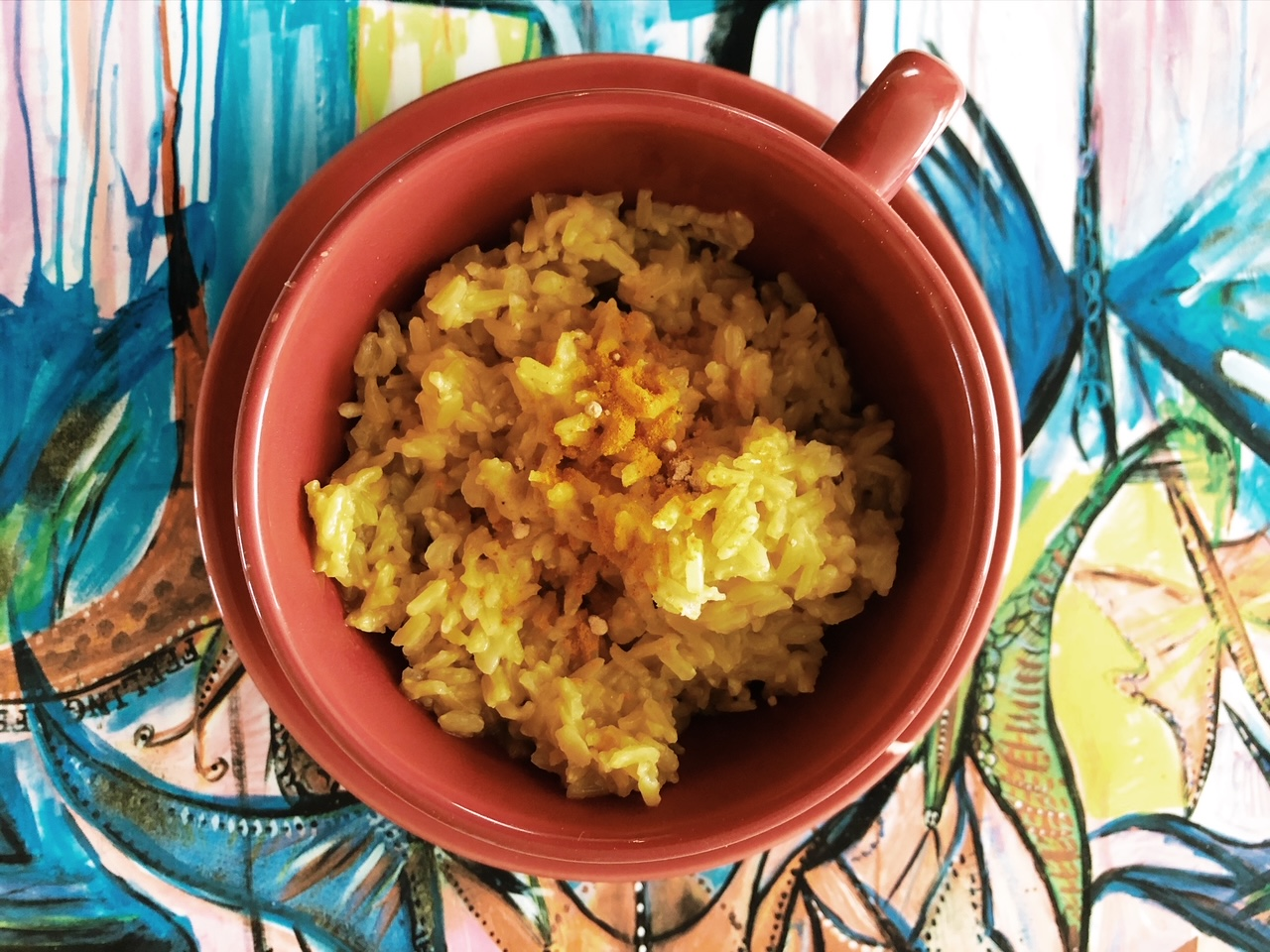Intestinal health from an ayurvedic point of view
According to Ayurveda the organ systems, organs, tissues, cells, and biomolecules work together to accomplish the complex goal of digesting the food you eat. The five elements, namely ether, air, fire, water and earth are influenced by the three doshas that in turn form the seven body tissues: plasma, blood, muscle, fat, bone, bone marrow and reproduction tissue. The food get into our bodies and will be transformed into energy that will be used of all bodily tissues and cells. Waste products form during the conversion process, also called Ama. Ama is a sticky substances that block the channels also called srotas. The digestive fire, the Agni, plays an important role in overall metabolism and break-down of nutrients. You want a strong Agni that is able to perform it’s job.
”The are three phatophysiological doshas, namely vata, pitta & kapha. In their balanced state they support all physiological processes in the body. If out of balance they cause disease” CARAKA SAMHITA: Vimana Sthana, chapter 1, vers 5
The gut: complex microcosm in the macrocosm of the body & mind
We are the result of the food we eat according to CARAKA. It already starts when nutrition passes through placenta from our mother to us. Once born we start to build up an immune system by eating different foods and getting in contact with bacterias. In our intestines, which grow up to seven to eight meter long, the essence from our food is prepared and seperated from waste products. Eating too much or too little food can cause problems as well as too little or too much bowel movements. Or having the right amounts of digestive enzymes and stomach acids ready to help to break down the food and kill unwanted bacteria. Over 80% of our immune system is in the guts, so it is important for overall health. Our gastrointestinal tract houses the enteric nervous system, also known as our ”second brain”, a network of millions of nerve cells that connect to our brain and our emotional center. That is where the expression of ”having a gut feeling” comes from. Our stomach, small intestines with it’s intestinal flora and microbiome, the liver and large intestines are the main organs involved in digestion.
The state of mind you are at before and during a meal is central for optimal digestion. If you are stressed and don’t take your time to eat, enzymes and stomach acid will not be ready in sufficient amounts causing different kinds of problems. The parasympathetic part of our nervous system, the rest-and-digest part, needs to be active. It can be influenced by taking deep and slow breathes, by simply calming your mind. The sympathetic part of our nervous system, the fight-and-flight system, needs to be passive and when stressed it is not!
The gut: our transportation channel
The gastrointestinal tract consists of two channels: an upper part for supply and a lower part for disposal. The Anna Vaha Srotas (literally “food conducting channel”) begins in the oral cavity and runs through the esophagus, the stomach and into the small intestine (jejunum), where the essence of our food is absorbed through the intestinal wall. The Purisha Vaha Srotas (literally “fecal ducts”) run in the lower large intestine, from which the indigestible part of our food is excreted as feces after the reabsorption of fluid. Blockages of our transportation channel can come from an underfunction or overfunction of the doshas – Vata, Pitta or Kapha. Vata imbalance might cause very dry skin or constipation when not balanced. Pitta can create a strong appetite and strong digestive fire, meaning that digestion is too fast to absorb all nutrients. Too much heat causes inflammation and you might get skin problems. Kapha usually causes a sluggish digestion creating the feeling of heaviness. Blockages generally lead to the accumulation of waste materials, resulting in flatulence, constipation and ama.
Ama – the undigested material
Ama means uncooked, unripe or undigested. It is undigested material that can be food or even thoughts. There are different theories about how Ama occurs: one is that Rasadhatu, the plasma tissue, contains a lot of Ama, unwanted metabolic by-products that accumulate in stomach and small intestine. The other is that Ama develops due to a mix of strongly disturbed doshas. Diet and lifestyle play a role in the creation of Ama as well as an underfunction of Jatharagni, the primary metabolism. When I mention diet I mean e.g. uncompatible food combination like fruits with yoghurt, heavy and indigestible food, food you migh be allergic to, that cause bloating, and raw and uncooked food mixed with cooked food. Lifestyle aspects can be all from stress, intense emotions, fasting and irregular meal times. Not enough sleep or sleep disturbances causes two hormones, namely ghrelin (hunger hormone) and leptin (satiety hormone), to function improperly causing hunger and weigh gain. Even climate and seasonal changes can cause Ama to accumulate if you do not adjust your diet. Our gut microbiome has to be balanced. We have good and bad bacteria in our guts. So we need to create an environment for the good bacterias to multiply and keep bad bacteria reduced. SIBO, Small Intestinal Bacterial Overgrowth, is often diagnosed when gut flora is out of balance, often resulting in chronic gas and foul-smelling farts.
Agni – or digestive fire
Ayurveda describes thirteen different Agnis. Our Agni represents our ability to digest food and the capacity of our system. Our central fire, Jatharagni, is the most important one and describes the gastrointestinal tract from stomach to the end of the small intestines. It’s goal is to digest all kinds of food. The production from saliva and it’s enzymes, stomach acid, bile and enzymes from pancreas are all part of Jatharagni. It is responsible to break down and convert food into absorbable molecules and to seperate it from indigestible waste. Jatharagni controls and regulates the metabolism of the different dhatus and even thyroid. All disturbances of Jatharagni causes Ama, and Ama disturbes the doshas and creates dis-ease leading to disease. Meaning that your can eat the best food available but you still cannot get all nutrients from it or digest it properly.
A fire is hot, dry, light, movable and penetrating. All foods and habits with opposite qualities weaken our Agni. Your organs can be totally healthy but your capacity of Agni may not be so great. Examples are cold drinks and foods, cheese or sweets. Sleeping during daytime and lack of exercise can further reduce your digestive fire. As you can see a holistic approach should be taken into consideration to create a good Agni. Agni can be increased by stimulating spices you add to your food.
The metabolic products of Jatharagni will be further processed by Bhutagni into metabolites that can be absorbed by the dhatus. Bhutagni is the Agni of each of the five elements, so there are five of them. And there is Dhatwagni that controls the metabolic function within the tissues. There are seven different tissues (and Dhatwagnis) in the body: plasma, blood, muscle, fat, bone, nerve and bone barrow tissue and reproduction tissue.
The function of Vata, Pitta and Kapha
The three doshas have different functions in digestion, but work together and influence each other. Kapha is situated in the chest and upper part of stomach, Pitta in the lower stomach and Vata in the large intestines. Bodhaka Kapha is responsible to produce saliva and enzymes to digest carbonhydrates in the mouth. Saliva has also an antimicrobial effect. Sense of taste can get disturbed when out of balance. You need to take your time to chew properly so you create anough saliva to produce the correct amount of enzymes. Prana Vata transports food from the mouth to the stomach. If the mind gets disturbed by stress and your breathing gets superficial it can weaken Samana Vata and inhibit digestion. Deep breathing activates the parasymathetic part of the nervous system and promotes relaxation. So it is highly beneficial to take a couple of deep breaths before start eating. In the stomach Samana Vata stimulates the digestive glands through our nervous system to secrete stomach acid and enzymes. It transports the food through this part of the digestive tract and seperates the nutrients from the waste products. Kledaka Kapha protects the organs from food that is too cold, too hot or unclean or contaminated. It excretes gastric mucus that provides moisture, dissolves the food particles and acts as a protective lining. A weakend Kledaka Kapaha can be be the reason for ulcers, diarrhea and inflammation. Pachaka Pitta primarily breaks down food enzymatically in the stomach, small and large intestines. It’s function is supported by Samana Vata. Any dysfunctions in Pachaka Pitta will influence Pitta function in general. Apana Vata is responsible for excretion of urin and feces. In the large intestines it seperates solids from liquids. Disturbances at that stage can cause flactuence and/or constipation.
10 ways to improve your digestion naturally:
- Chew your food thoroughly and take a couple of deep breaths before you start eating.
- Only eat when you are hungry. A maximum of three times a day. If you have a strong Pitta you can snack inbetween. In general eat only when the previous meal has fully digested.
- Eat regularly, meaning at similar times of day every day. This is important for all three doshas. Kapha can skip breakfast.
- Avoid under or overeating (stop eating at the first burp).
- Stimulate agni before eating with ginger appetizer.
- A meal should preferable include a 60/40-ratio of augmenting and extracting foods. Milk or dairy products should be eaten in moderation and seperately. Avoid difficult-to-digest foods like deep fried, barbequed, highly processed, or sugary foods.
- Don’t drink more than ½ a glass of warm water before and during a meal. Avoid icy water as it shocks the system. You don’t want the enzymes to dilute too much in the water either. If you need to drink, do that after a meal.
- Season your meals with ginger, pepper, tumeric, hing, fennel, cardamom and coriander. Fry the balancing spices in a teaspoon of ghee or olive oil before adding the finely chopped vegetables.
- Avoid eating when angry or upset and even when standing or moving.
- Take a short, moderate walk after meals.
Source:
Eurasiamed Akademie Ralph Steuernagel ”DER DARM IM AYURVEDA: TIPPS FÜR DIE DARMGESUNDHEIT”
Das neue Ayurveda Praxis Handbuch, Hans Heinrich Rhyner
My ayurvedic trainings


